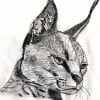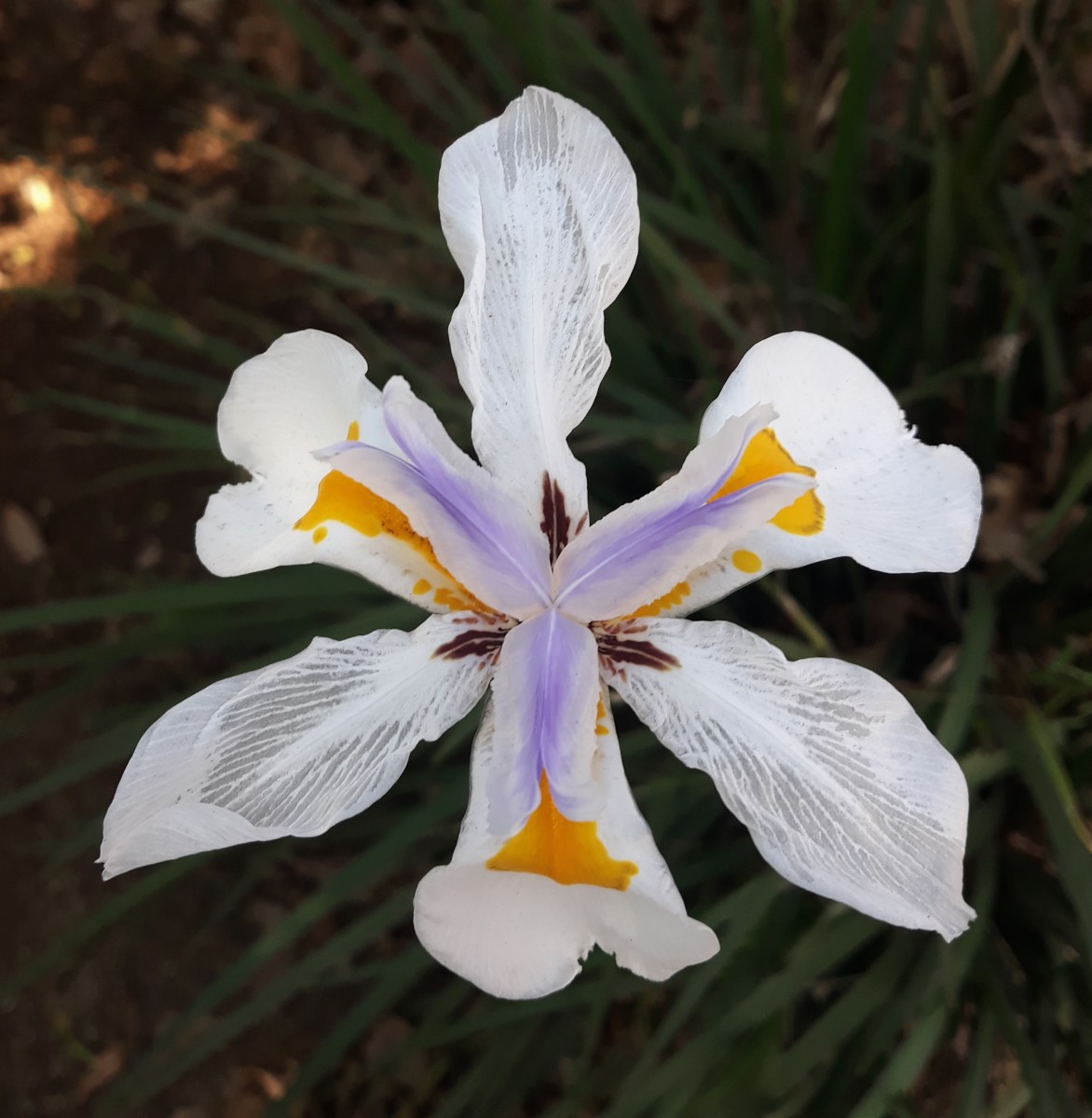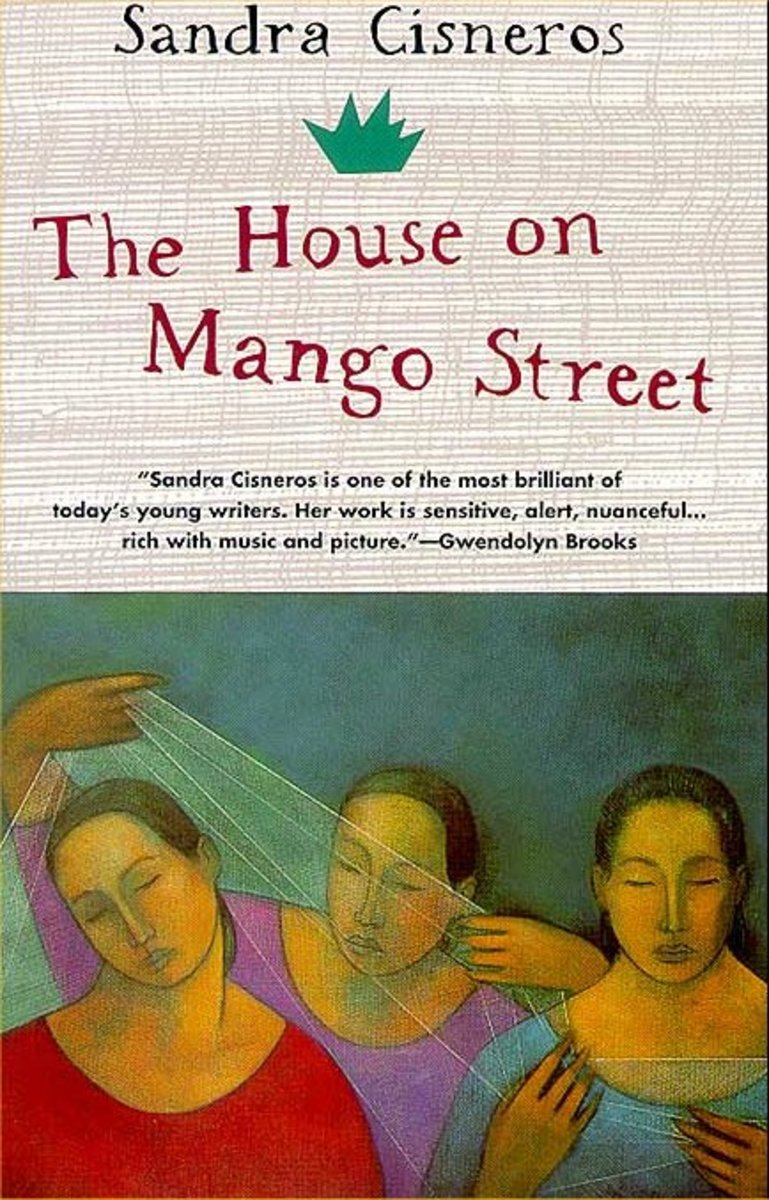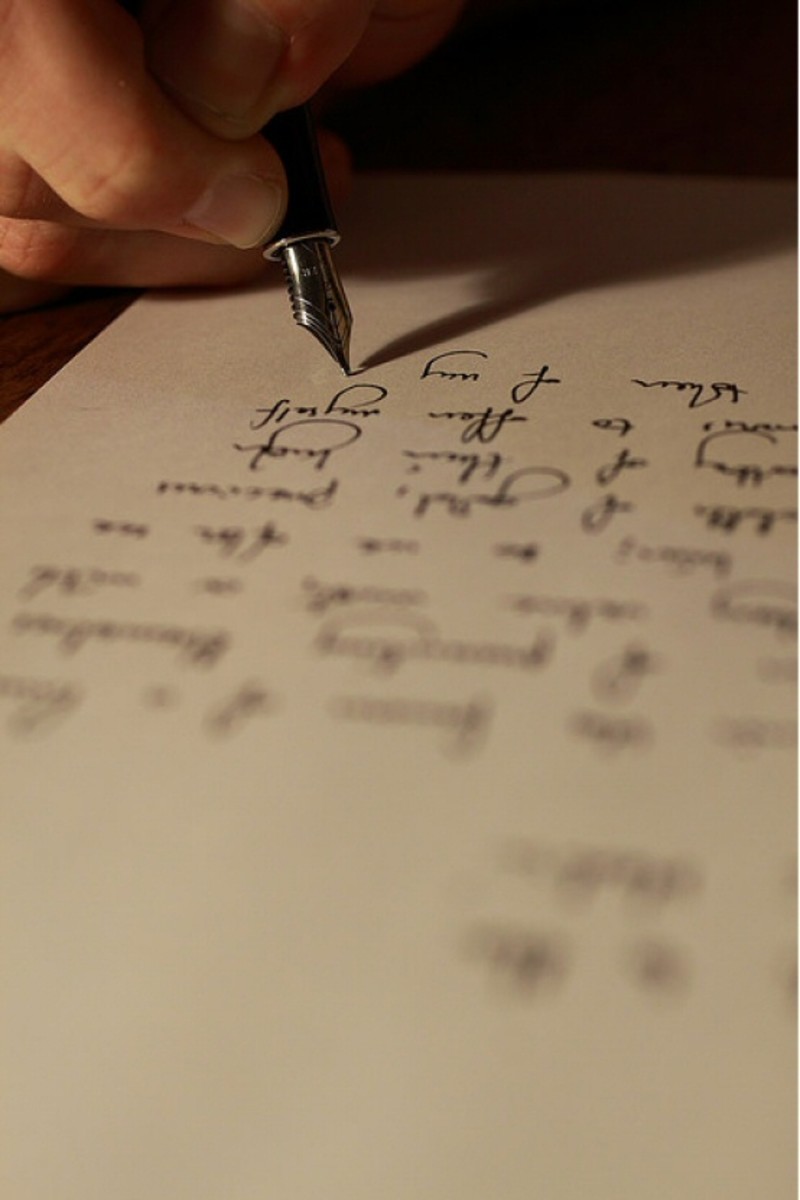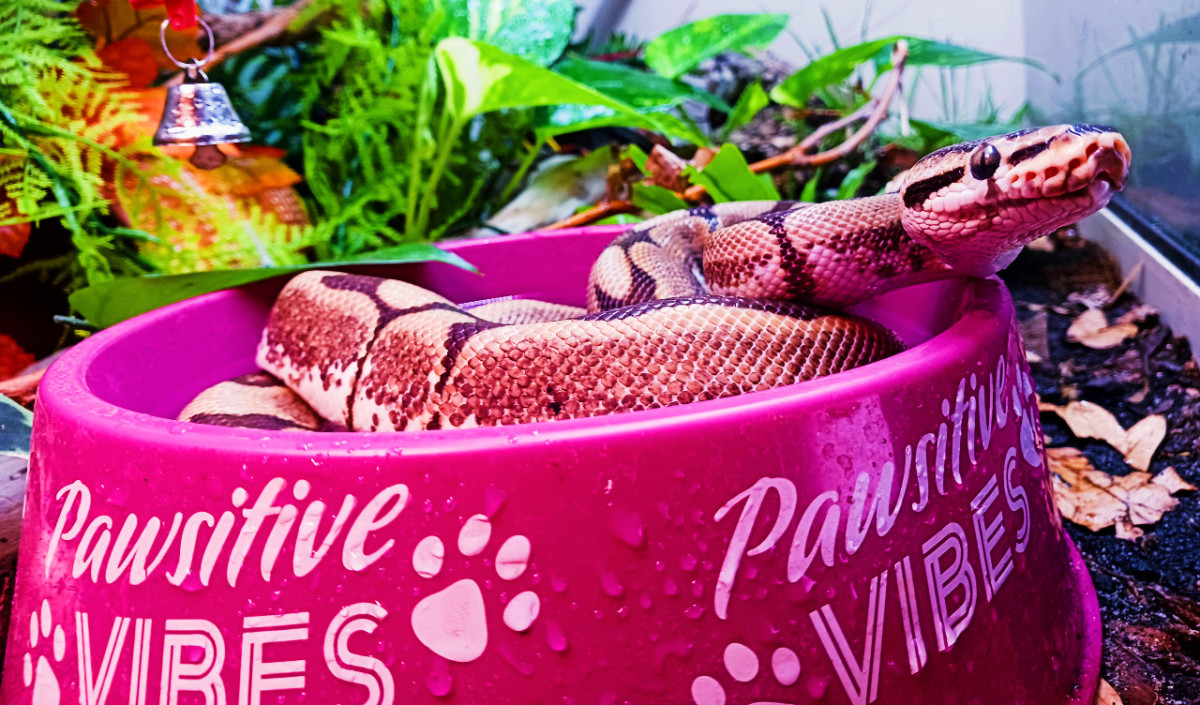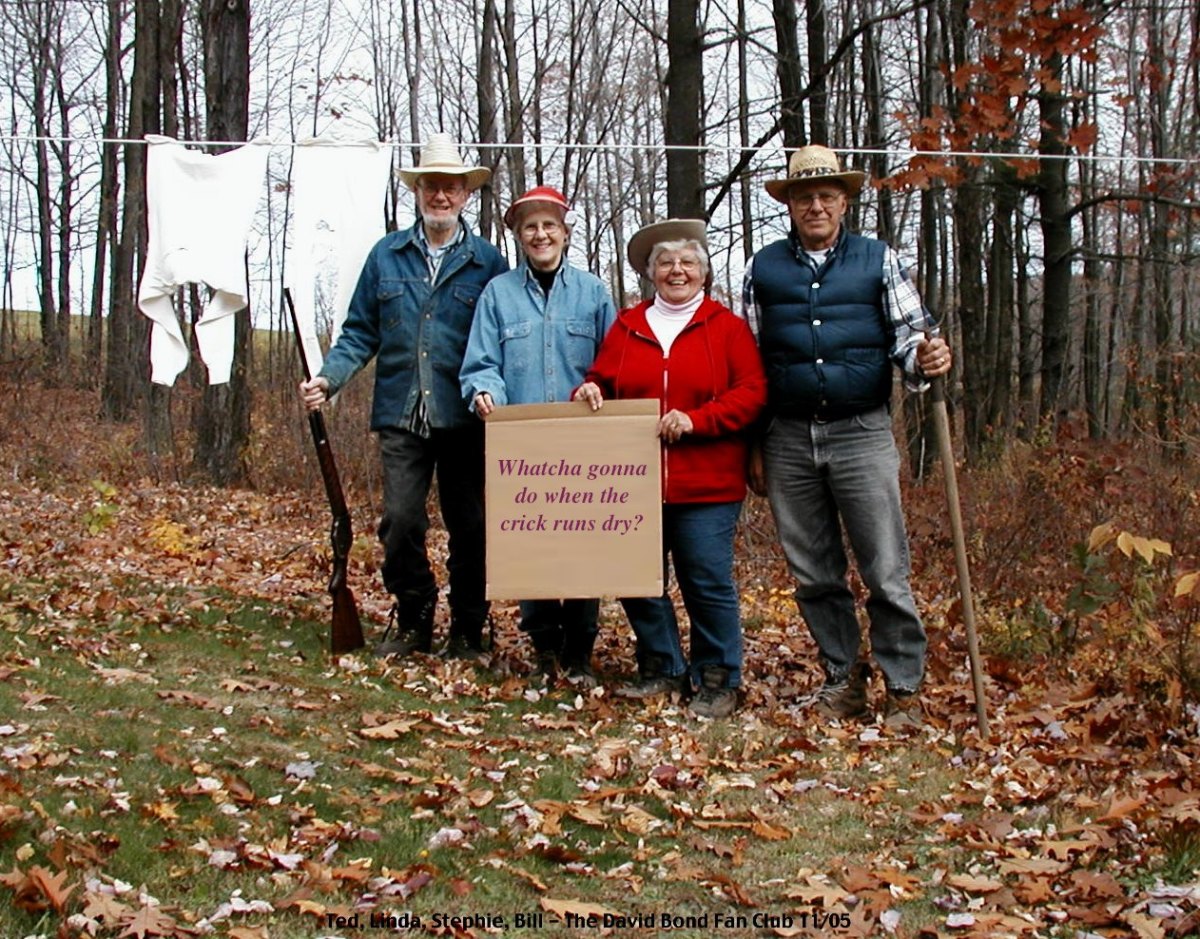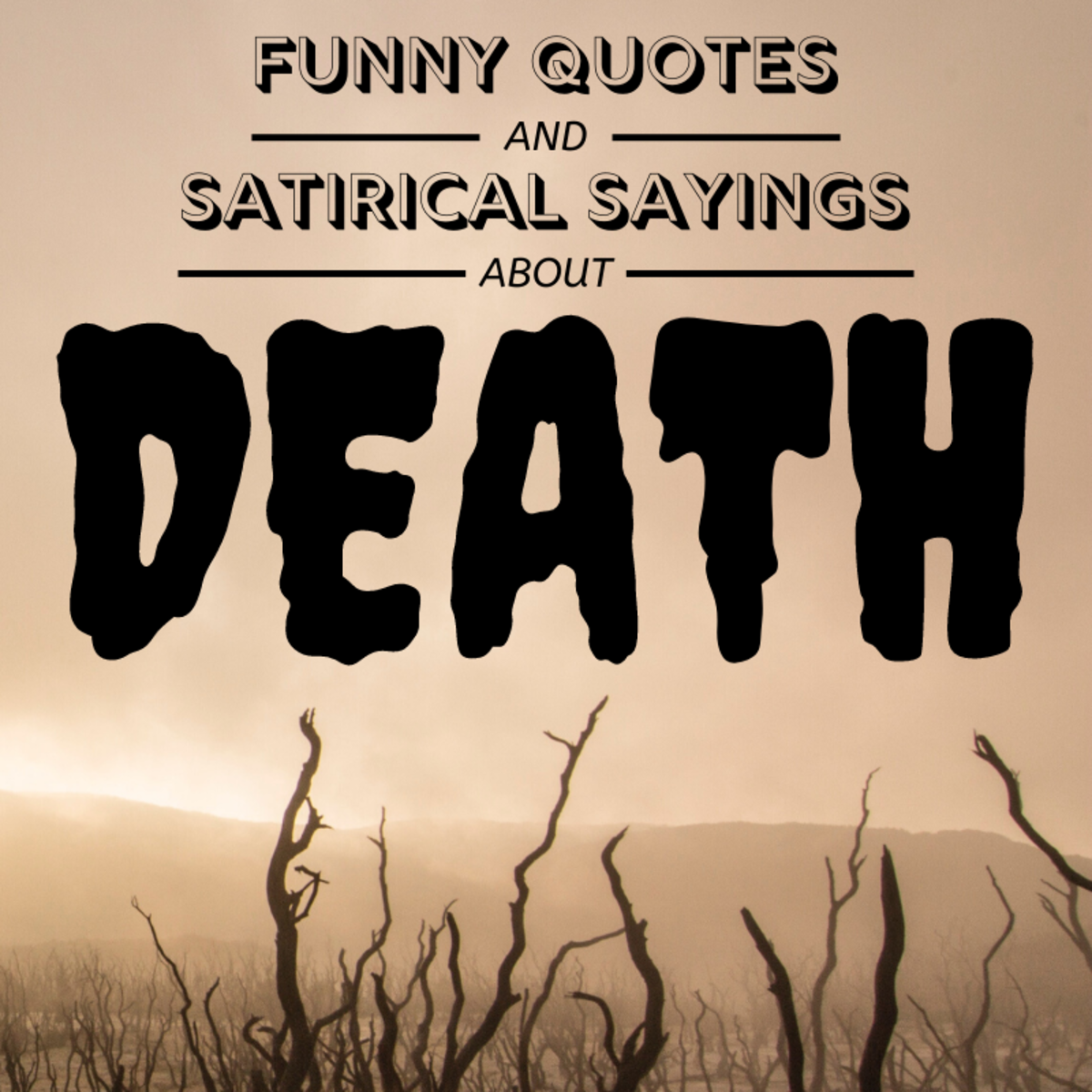Improving Your Creative Writing Skills
Writing the Natural Way by Gabriele Lusser Rico
Maybe you have writer's block. Maybe you have struggled with being more expressive with your writing. Maybe you admire the spontaneity and creativity of other writers. Maybe you want to write that novel or short story. Or maybe you simply want to add a little more flare to your non-fiction writing. Whatever your goals, there is help. "Writing The Natural Way" by Gabriele Lusser Rico is an incredible book. Through the authors techniques anyone can take their writing to a new level. It is the bible of creative writing.
The author presents an innovative technique called "clustering" where you spill out your ideas, images, and feelings in a sort of chaotic way. Clustering is the right hemisphere or creative mind's way of outlining ideas. The author even provides extensive background information on how the human brain works, detailing the creative right hemisphere of the brain which she calls the “design mind” and the analytical left hemisphere of the brain which she calls the “sign mind". The author devoted an entire chapter on the subject and there is good reason why she did. Knowing how your brain works and how the hemispheres cooperate is important in jump starting your creative writing.
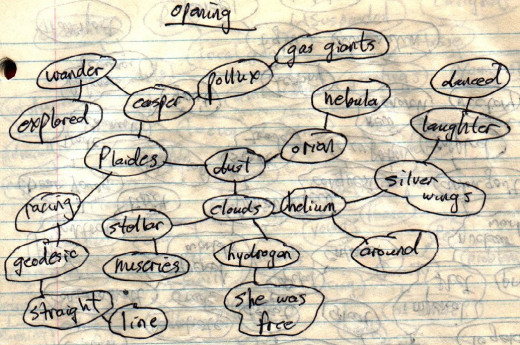
How the Brain Works
One of the hallmarks of this book is the publisher, J.P. Tarcher, Inc. Los Angeles. This is the same company that brought us “Drawing On The Right Side Of The Brain” by Betty Edwards. Betty Edwards also devoted a chapter on how our brain works but Gabriele Lusser Rico devotes nearly 50 percent more information and it is understandable. Drawing is nearly a right hemisphere function but creative writing requires a synergy between the hemispheres since language is seated on the left side. Rico does an incredible job showing this and she backs it up with a lot of history in the field of psychology and also looking at great writers, philosophers, and other gifted people that intuitively knew how their own minds worked, giving them an advantage over us average people. But she states that any of us, once we know the dynamics of how our own mind works, can rise up and be a great writer too.
At the beginning of the chapter, she introduces the duality of thought and presents a very good diagram of the human brain and what each hemisphere is capable of doing. Some of the functions that she points out are:
Left Hemisphere (Sign Mind)
- Sequential
- Detail
- Logical
- Informational Aspects of Thought
- Relies on Accumulated Information
- Power of Syntax
- Is a Splitter
- Remembers Complex Motor Sequences
- Talks
- Knows How
Right Hemisphere (Design Mind)
- Simultaneous
- Whole
- Analogic
- Emotional Aspects of Thought
- Draws on Unbounded Qualitative Patterns
- Limited Syntax (Words as Images)
- Is a Lumper
- Remembers Complex Images
- Mute
- Discovers What
The left hemisphere with its “know how” ability anchors us in our reality. Since it draws on and works with already known information, it allows us to learn and acquire new information and skills. Without its ability, the world would always be in a state of turmoil for us, unfamiliar and always unknown. But if this was the only ability our minds had, if we only had a left hemisphere, then our world would be rigid and unchanging. We would not have the ability to grasp the unknown. Our writing would be mechanical and literal. We would have no creativity.
The right hemisphere is the seat of our imagination and creativity. It deals with the unknown. It can think in complex images and complex emotions. It can perceive new patterns in a world that may seem to be chaotic. It can tackle the novel, and the unconventional. It is here that we generate new ideas.
The author also goes into some detail on the nerve fiber bundle called the Corpus Callosum that connects both hemispheres of the brain. This is one topic where I admire the author's approach because she goes against some of the common thought that I have seen of late. I have read a few articles over the years and I have even seen science fiction that supports the notion that if the corpus callosum were larger, we as humans would be smarter and more creative. We would have dramatically higher IQs.
The author points out, and I very much agree, that excessive communication between the hemispheres can hinder the function of each. Some of the greatest minds of our time have learned to control it. A good example is Albert Einstein, who based most of his work on thought experiments and imaging that resulted in the foundation of the Special Theory of Relativity and the later General Theory of Relativity. He would imagine what it would be like if a person could ride next to a light wave. What would he see? He would imagine what would happen if a person where falling in an elevator or accelerating upward. What sensation would he feel? In either situation, what would the person see if a beam of light would enter the elevator. How would he perceive this beam? He would imagine what would happen if a beam of light bounced up and down in a boxcar on a train. What would the person on the train see? What would an observer on the ground see when the train passed?
In all of these thought experiments, Einstein inhibited the communication between both hemispheres of his mind in order to allow the images in the right side of his mind to crystallize before he would allow the left side of his mind to translate them into math and language so other people could understand. His case is one of the best examples of letting the right hemisphere to do its job because of the implications of what he came up with. Relativity theory initially seems impossible and illogical. It can't be true. That is the left hemisphere talking and if Einstein would have allowed the left side of his mind to communicate then the critic within would have stopped the thought experiments. We would have never known who Albert Einstein was and the Relativity theories may not have been discovered until many many years later.
This shows the obvious path of creative thought, from right to left. Let the right side do its job of exploring the unknown without hinderance from the left and once the new images and patterns emerge, let the left side do its job of translating, without being too critical of course. This is exactly what clustering is supposed to do, allowing the right side to spill out its images and associations before writing begins.
The author also explores childhood creativity. Children are naturally more creative because they don't have very much lifetime experience like adults, so their left hemisphere is therefore at a disadvantage. Their right hemisphere dominates as they play and fantasize and wonder. Language is natural to them with its sounds and rhythms.
However, the author points out another angle to the creative nature of children. Even though it is not entirely certain, the corpus callosum may not be fully developed in children allowing each hemisphere to operate without too much interference from the other.
Ultimately, the author’s goal is taking the reader back to his childhood, back to his natural writing ability, to regain his natural state of wonder and ability of storytelling.
More Concepts
With clustering at its core, the author builds with more concepts and techniques. One of the most amazing is the “Trial Web” which is the point where what seems to be your random thoughts during the clustering process suddenly comes into focus. If the reader takes only one technique from this book, this is the important one. It is so effective at breaking writer’s block, that in fact, you will want to write once you hit the Trial Web. Even though this technique is meant for creative writing I have seen it work very well for fellow coworkers that had to complete engineering reports and presentations.
Briefly, some of the other techniques in the chapters in the book are;
- Recurrence, where you look for subtle patterns in your clustering
- Language Rhythms, where you find your resonant voice
- Imaging
- Metaphor
- Creative Tension, where you make the connection between opposites
- and Re-vision, where less is more by striving for word economy
The book is filled with exercises and before and after examples of some of her students. The one small aspect that I particularly enjoyed is the numerous quotes from many people that filled the margins throughout the book.
All in all if there is one self help book for mastering creative writing, this is the one to have.
